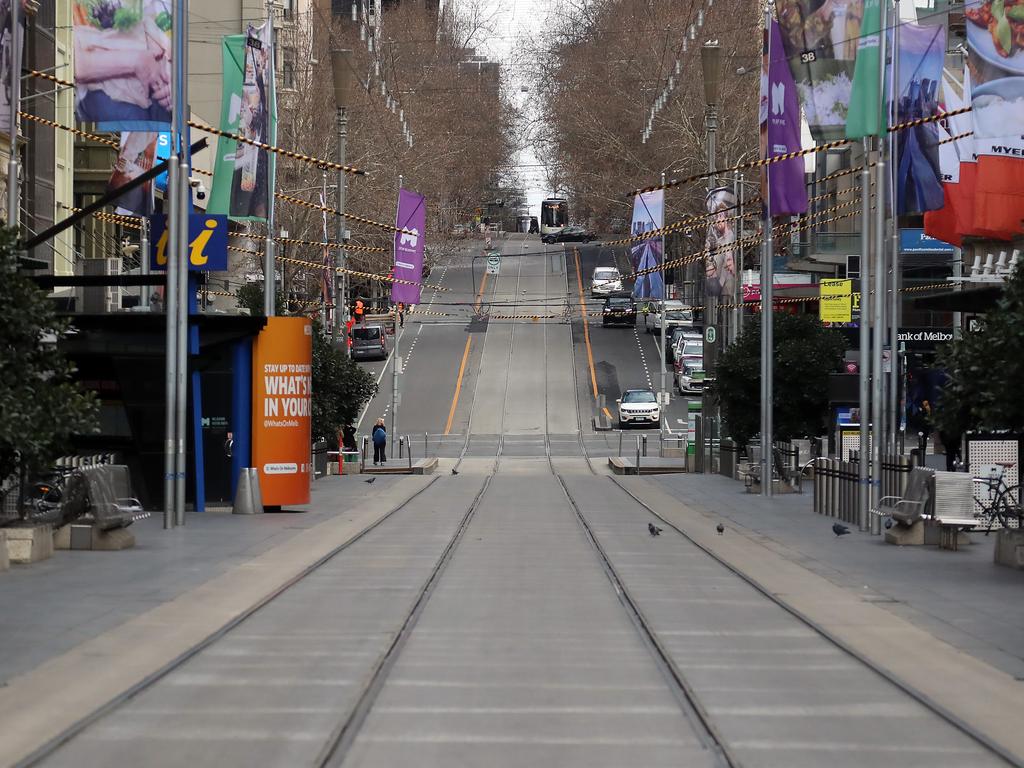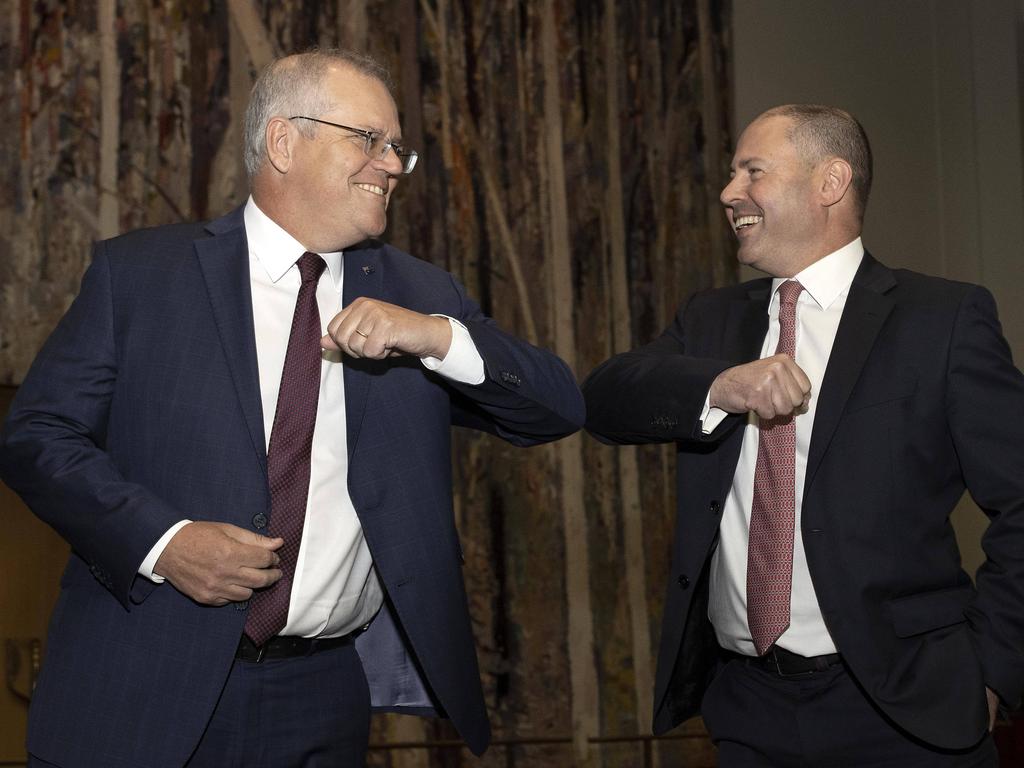Warning for Labor: the wilderness years could come again

Mick Young was an able federal secretary of the ALP who ran Gough Whitlam’s campaign in 1969 and 1972. Mick once said to me that if he had known just how close John Gorton’s government would come to defeat in 1969, then ALP strategy would have changed. Instead of endeavouring to win over two elections, following the debacle under Arthur Calwell in 1966, the Labor campaign would have aimed to win in one election only. Australian history would have been different.
Indeed, in the long period of opposition, federal Labor should have won at least three elections, in 1954, 1961 and 1969. Just as in 2019, in politics, near enough is never good enough.
Now it’s a sad reflection on federal Labor that in 120 years of Federation, ALP governments have only occupied the Treasury benches for approximately a third of the time.
Certainly, those federal Labor governments have often been outstanding at times of challenge or crisis, from Andrew Fisher through John Curtin and Ben Chifley to Bob Hawke and Paul Keating. And no one doubts Gough Whitlam’s reform agenda dragged Australia into the 1960s.
But if federal Labor were a corporation, it may have faced delisting by the ASX. A deep cultural change needs to occur in federal Labor’s ranks and this is not simply a matter of leadership alone. Strategically, Labor needs to be utterly realistic about the electoral terrain, moving into the centre and campaigning as if it were 500 votes behind in every seat. Hard heads must be the order of the day.
In short, Labor needs to toughen up, approaching every election as winnable and doing all that is required to win. As Lyndon Johnson remarked, in politics, if you do everything, then you will win. Claiming to be competitive is not even a ticket to play.
The ALP needs only look to its history, as Tanya Plibersek did recently, for a useful guide to the future. Let’s start with Queensland. The Dawson by-election in 1966 was a challenge that saw then deputy Labor leader Whitlam rise to the occasion in support of ALP candidate Dr Rex Patterson.

A campaign story, possibly apocryphal, but more likely true, was told of Whitlam campaigning. It was an early morning change of shift and the cane cutters were in the public bar of a local rural pub. Whitlam ordered a lemon squash, to be rebuked by Patterson, who told him that he would drink what the cane cutters were drinking: rum with beer chasers.
Gough obliged while mixing with the working men in the pub. If you can imagine Whitlam at ease with the cane cutters, then you will not be surprised by the result of the by-election. Labor won.
A similar success in Capricornia the next year reinforced Whitlam’s reputation as a winner in the regions. So it is quite possible for the current federal ALP simply to renew that lesson and listen to what the issues are around the kitchen table for people in the great regions of Australia, especially in Queensland, Tasmania and Western Australia.
The preposterous and presumptive Adani caravan is unlikely ever to win a vote beyond Sandy Bay, Tasmania, and even that conclusion is doubtful. The Australian electorate is especially concerned in times of economic stress with basic priorities for families, beginning with job security and finishing with opportunity for the next generation.
The salient reality for some in the federal ALP is that they are facing in the wrong direction. Instead of confronting the Coalition, nationally, they seek to defend against inroads being made by the Greens. Now the Greens are a pestilential nuisance for Labor, but they are not the main adversary. For too long, inner-city assumptions have permeated the federal ALP’s approach to national politics.
The policy challenges and the electoral rewards are to be found well beyond the barista philosophers of Australia’s inner-city cafe society. Historically, prior to the election of federal Labor governments, three features have been dominant in our politics.
First, Labor has led the policy debate, especially in the parliament, and has embraced the policy framework that focuses upon solutions. It is instructive, for example, that President Joe Biden’s policy on climate change is presented as about job creation.
Few would doubt that an opposition frontbench consisting of the likes of Richard Marles, Penny Wong, Jim Chalmers, Chris Bowen and others is more than capable of achieving the objective of policy momentum.

John Howard always maintains that an opposition has to emerge as an alternative government about a year from a scheduled poll. Federal Labor now has approximately six to nine months to achieve this profile.
Second, a raft of new and hungry federal Labor candidates always emerges prior to a victory. They are men and women of ability who are closely engaged in their communities: people who listen to voters rather than talk about themselves.
Finally, federal Labor has to offer a coherent and consistent message as to what it definitely represents. This is the party that gave Australia landmark reforms from compulsory arbitration through full employment and social security to Medicare, mandatory superannuation and the NDIS.
A glance at the essays in The Write Stuff, edited by Nick Dyrenfurth and Misha Zelinsky, confirms that some party activists understand this urgency.
COVID-19 has been the great disrupter but, as the threat of the disease recedes, the political challenge crystallises and the potential consequence for federal Labor is that another loss this year means the party is almost half way to repeating the experience of 1949-72.
Stephen Loosley is a former ALP National President and Senator.







The federal ALP spent nearly a quarter of a century in the political wilderness between the fall of the Chifley government in 1949 and the election of the Whitlam government in 1972. No one in the current ranks of the ALP, of which I have been a member for nearly half a century, should think this long period of impotence in opposition is a unique experience. It can recur.